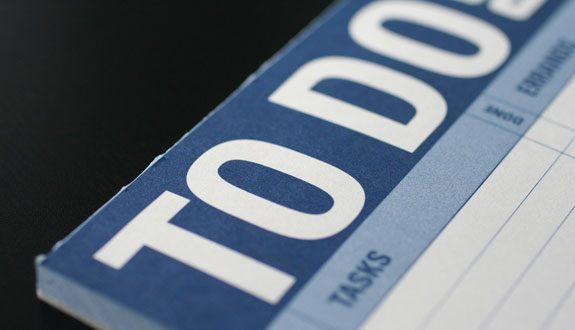
No prospective law student likes how expensive law school is. A lot of people take on tons and tons of debt to go to school. Then, when they graduate, the pressure is on those lawyers to chart a career path that lets them have a chance at getting out from under that debt. For graduates of lower-tier schools with lots of debt, it’s often hard to find such a career path.
Given all that, you might expect law students to flock to the schools that are relatively less expensive. It would make sense. But professor Amy Li of the University of Northern Colorado studied how law school enrollments vary with cost, and she found that enrollments were higher at more expensive schools. This makes no sense at all.
OK, so maybe people associate cost with prestige or something. If this meant that people were targeting the tippity-top law schools even harder than you thought, well, at least they wouldn’t be setting themselves up for financial ruin. The top-ranked law schools are the ones that set their students up to make enough money to pay back those loans.
But that’s not what Li found. She divided law schools into five tiers by LSAT score. The relationship between higher cost and higher enrollment only held for the third and fourth tiers. Let’s unpack that a little.
I couldn’t find a list of law schools ranked by LSAT readily available online, but a little quick copy and paste into a spreadsheet did the trick. The 101st-ranked law school by median LSAT is Syracuse University. With about 200 ABA-accredited law schools out there, 101 should be solidly mid-third-tier in Li’s sort.
Let’s check out the job prospects, shall we? The median salary for grads is $70,000. The 75th percentile salary is $87,000. If you pay full price (more on that later), you could end up with roughly $250,000 in debt. To pay that off in 20 years, you’d need to pay back roughly $24,000 a year out of your post-tax earnings.
If that’s the kind of situation you’re looking at, it’s absolutely insane to give any priority to higher-priced law schools. Syracuse comes out looking pretty good, actually, and will look even better as we get to another point below.
Let’s look at the fourth tier. University of San Francisco, which is tied with a bunch of other schools by LSAT near the top of the fourth tier, actually has higher average salaries for its grads, but with a few catches. One is that cost of living in San Francisco is, well, a big additional strain. Another is that fewer of its grads find jobs, with about 25% of 2017 grads ending up unemployed. Another big catch is that a much bigger percentage of USF students pay full price than Syracuse students. At USF, 52.5% pay full price. At Syracuse, that’s 5.6%, and the median discount is a solid $21,300 a year.
As you’ve probably figured out by now, if you’re looking at mid-tier law schools, you should be very sensitive to costs and how they compare to your employment prospects. But it’s not about sticker price. It would be a huge mistake to target more expensive schools because they’re more expensive, as Li’s data suggests people might be doing. It would also be a mistake to target schools simply because their listed tuition is lower, when the listed tuition isn’t a great indication of what people actually pay. It’s about what you would pay, and how that compares to what you can reasonable expect to make.




